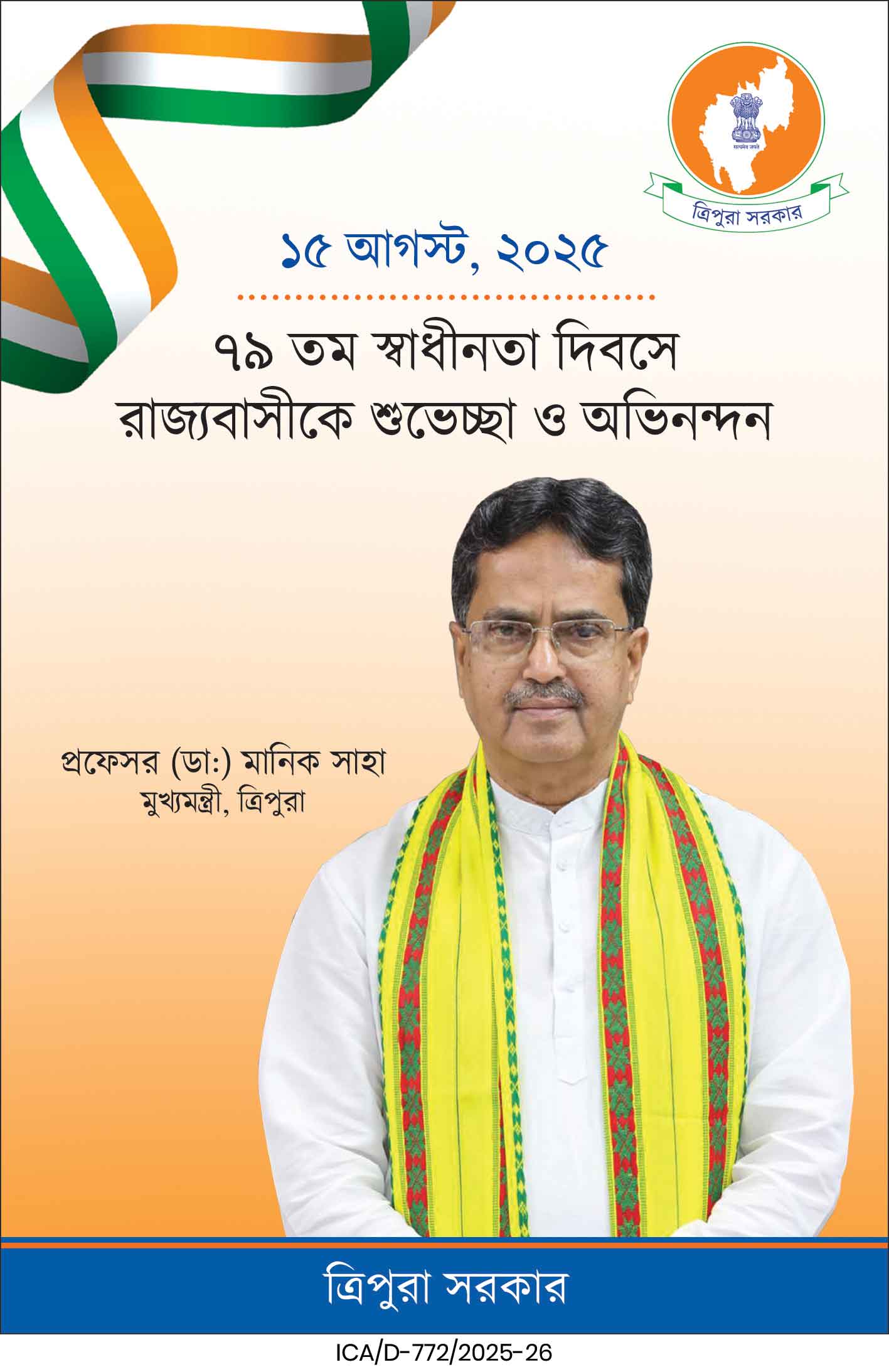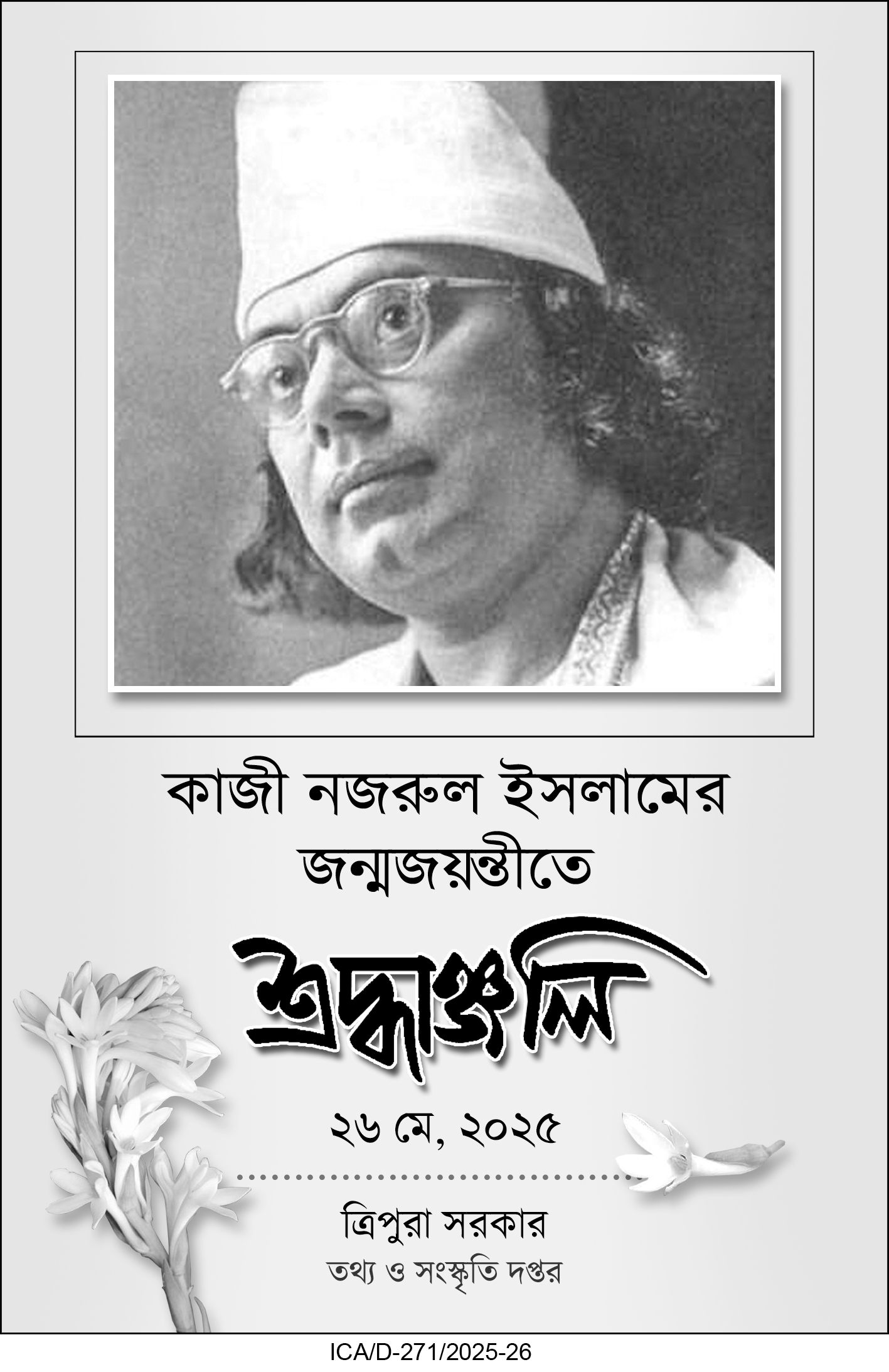Tripura achieves a major milestone as the Rural Development Department and TSAC complete state-wide administrative boundary mapping using GIS technology, enhancing governance, transparency, and development planning across 1,176 Gram Panchayats and Village Committees with certified digital accuracy.
The Rural Development Department of Tripura, in collaboration with the Tripura Space Application Centre (TSAC), has successfully completed the comprehensive mapping and demarcation of the state’s administrative boundaries using Geographic Information System (GIS) technology. Officials described the accomplishment as a “critical milestone in strengthening local governance, development planning, and data-driven administration” across the northeastern state.
Precision Mapping for Better Governance
According to Dr. Sujit Das, scientist at the Tripura Space Application Centre and Chief Architect of the project under the Rural Development Department, the initiative has set a new benchmark in digital governance and spatial planning.
“Defining administrative boundaries with accuracy is the foundation for effective governance and smooth implementation of development schemes,” said Dr. Das. “It serves as a fundamental tool for all administrative activities.”
The project, launched in 2021, was entrusted to the Rural Development Department by the Chief Secretary after several inconsistencies were detected between MGNREGA assets and panchayat boundaries. Similar discrepancies were noted during the execution of Pradhan Mantri Awas Yojana (PMAY) and World Bank–supported rural projects, which necessitated a technologically advanced boundary demarcation system.
Two-Phase Mapping Initiative
To overcome these challenges, the department, in close coordination with TSAC, designed a detailed plan to map all administrative boundaries using state-of-the-art GIS tools. The project was executed in two major phases: data collection and satellite image analysis.
In the first phase, field teams composed of technical assistants, Gram Rojgar Sahayaks (GRS), and panchayat secretaries collected ground data using high-precision GPS receivers. These teams traversed even the remotest corners of Tripura to trace the outlines of village panchayats and local committees.
In the second phase, the gathered GPS data was processed and analyzed using high-resolution satellite imagery. According to Dr. Das, the images used were so detailed that “even the number of vehicles on a road could be distinctly counted.”
Verification and Finalization Process
Draft boundary maps for all Gram Panchayats and Village Committees were first verified by Block Development Officers (BDOs) at the block level. Based on the feedback, necessary corrections were incorporated to ensure precision and administrative accuracy.
Eventually, boundaries for all 1,176 Gram Panchayats and Village Committees across the state were finalized in accordance with official notifications.
To maintain scientific rigor and quality assurance, the final boundary maps were certified by the National Institute of Technology (NIT), Agartala. Additionally, several inter-departmental meetings were conducted to finalize district, sub-divisional, and block-level boundaries based on verified GIS data.
Empowering Data-Driven Governance
Officials emphasized that this GIS-based administrative mapping will not only enhance the efficiency of state planning but also serve as a vital digital asset for multiple government departments. The initiative is expected to accelerate project approvals, resource allocation, and the monitoring of developmental schemes at every administrative level.
Dr. Das further stated that the GIS framework now enables the state to create district-to-village-level maps effortlessly, allowing government departments to overlay real-time data for improved decision-making.
A comprehensive report on the finalized administrative boundaries has already been prepared and is currently under review by the concerned departments. Government sources indicate that a formal notification from the state administration is expected to be issued soon.
A Model for Other States
Experts believe that Tripura’s GIS-based mapping model could serve as a replicable framework for other states seeking to digitize administrative governance. With clear, verified boundaries, the state now possesses a unified reference system to coordinate developmental programs, disaster management plans, and infrastructure projects.
“GIS has transformed how we visualize administrative geography,” said an official from the Rural Development Department. “This initiative brings precision, transparency, and speed to government operations—values that are essential for modern governance.”
| Also Read: Tripura leads pulse revolution with 8 high-yield Arhar varieties |
As Tripura moves toward digital and data-integrated governance, this GIS-based boundary mapping marks a new chapter in the state’s commitment to technological innovation and administrative excellence.





